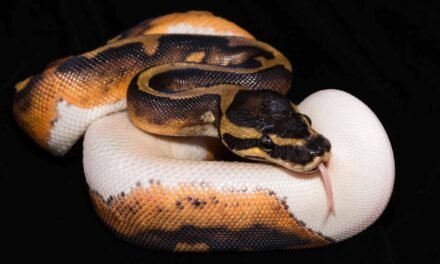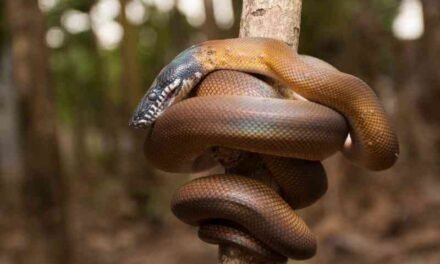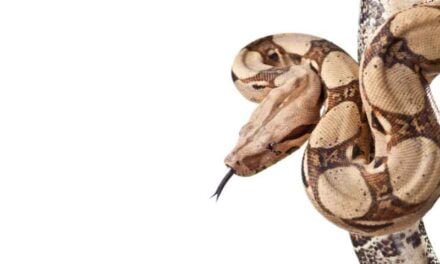Yellow rat snakes are a common sight in many regions of the United States, particularly in the Southeast. These non-venomous snakes are known for their striking yellow coloration, and they play an important role in their local ecosystems as predators of small rodents and other prey. If you are interested in learning more about these fascinating reptiles, one of the first steps is learning how to identify them based on their physical characteristics and habitat.
Physical Characteristics
The yellow rat snake is a medium-sized snake that typically ranges from 3 to 6 feet in length, although some individuals may be as long as 7 feet. They have a slender build, with a long, tapered tail and a relatively small head. One of the most distinctive features of these snakes is their bright yellow coloration, which can vary from a pale, almost cream-colored yellow to a deeper, more vibrant yellow. The underside of the snake is usually white or cream-colored, and the eyes are large and round.
In addition to their yellow color, yellow rat snakes are often marked with dark blotches or stripes. These markings can vary in shape and size, but they typically form a pattern that runs along the length of the snake’s body. The shape and location of these markings can help distinguish yellow rat snakes from other species of snakes that may have similar coloration.
Habitat
Yellow rat snakes are found throughout much of the southeastern United States, from Virginia and North Carolina to Florida and Louisiana. They are adaptable snakes that can thrive in a variety of habitats, from forests and grasslands to swamps and marshes. However, they are most commonly found in wooded areas near streams or other sources of water, where they can find ample prey.
Yellow rat snakes are primarily active during the day, although they may also be active at night in some areas. They are arboreal snakes, which means they are skilled climbers that can climb trees and other structures in search of food or shelter. They are also semi-aquatic and can swim well in streams, ponds, and other bodies of water.
Behavior and Diet
Yellow rat snakes are non-venomous, which means they are not dangerous to humans. However, they are skilled hunters that prey on a variety of small animals, including rodents, birds, and other snakes. They are also known to eat eggs and even small fish, and will occasionally scavenge for food.
When hunting, yellow rat snakes use a combination of stealth and speed to catch their prey. They are skilled climbers that can quickly move through trees and other structures to get close to their target, and they have a lightning-fast strike that can subdue their prey in an instant. Once they have caught their prey, yellow rat snakes use their powerful jaws and teeth to swallow their meal whole.
Conclusion
Yellow rat snakes are fascinating reptiles that play an important role in their local ecosystems. Learning how to identify them based on their physical characteristics and habitat is an important step in appreciating and understanding these snakes. If you are lucky enough to encounter a yellow rat snake in the wild, remember to observe it from a safe distance and allow it to continue on its way without disturbing it.





